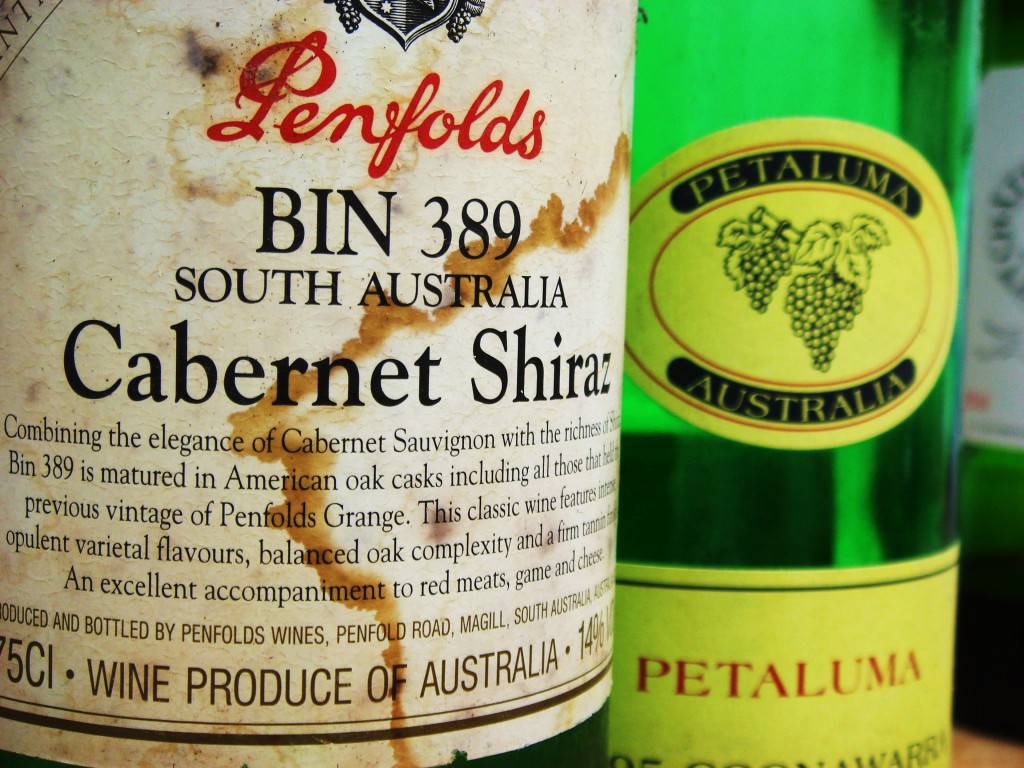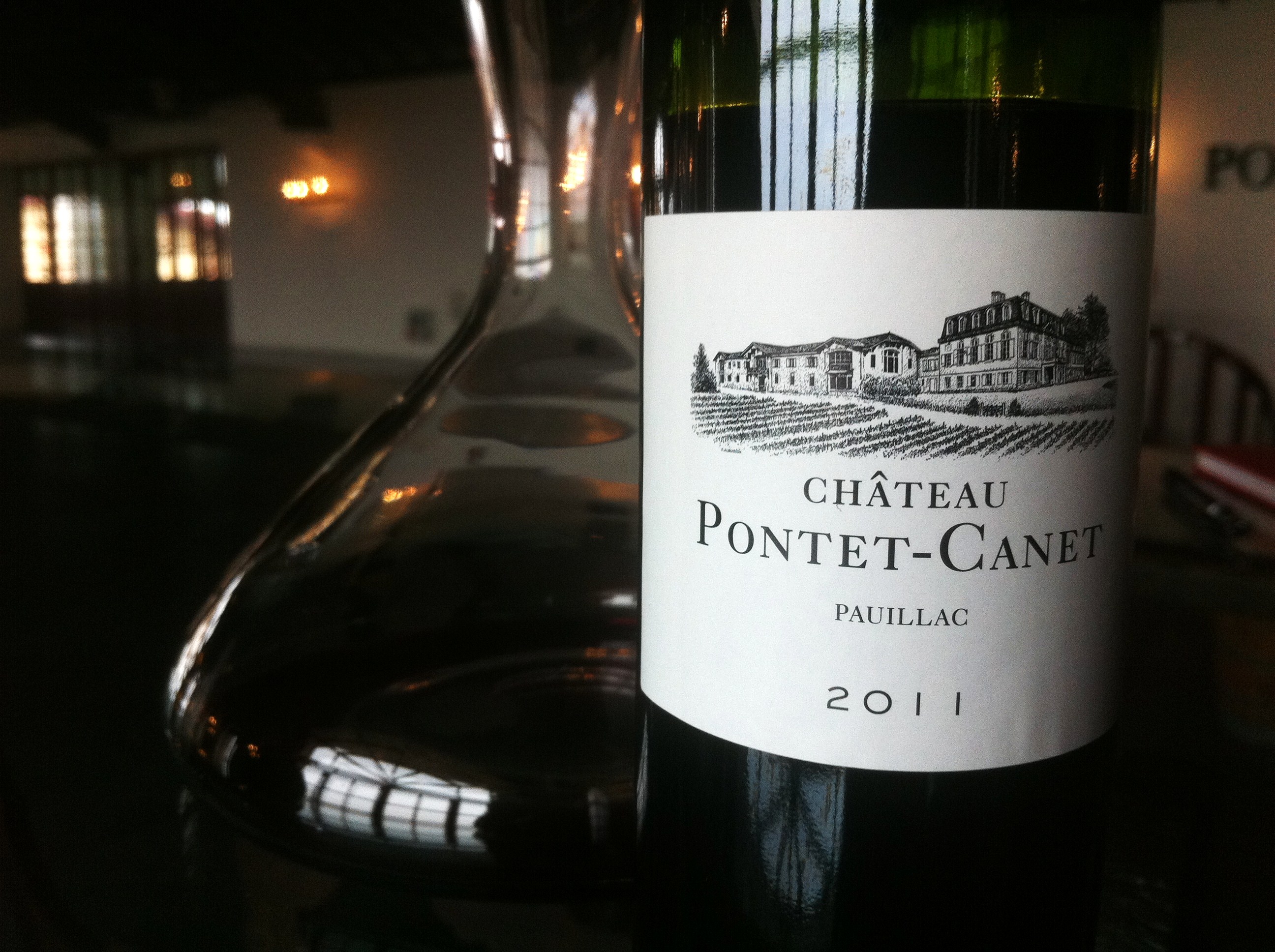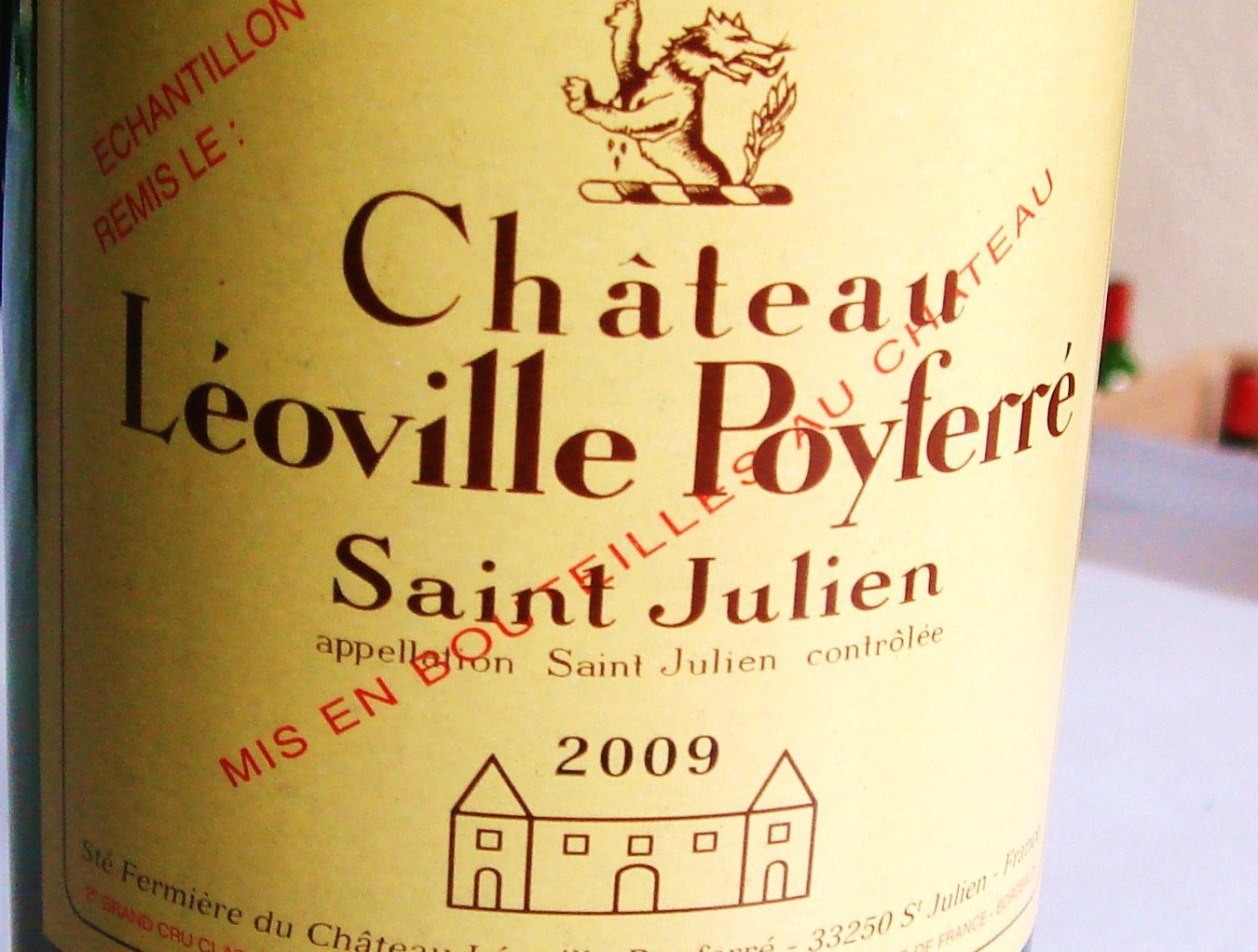Petaluma v Penfolds

Last month I dug out a couple of mature South Australian reds to try – a bottle of ‘94 Penfolds Bin 389 and a ’95 Petaluma Coonawarra. I’ve been struck again and again by the ability of Aussie wines to age wonderfully, not just at the top end but also at the affordable level too [Wynns Black Label Cab immediately springs to mind] though obviously Bin 389 and Petaluma Coonawarra are at the more elevated end of the price spectrum. Australian longevity will come as no surprise to those down under, but there’s little mature stuff knocking about here, despite the importance of Oz wine in the UK. We buy it and we drink it, which is fair enough.
I’ve a few red Petaluma Coonawarra’s knocking about in the cellar which I’ve kinda forgotten about and I was interested to see how the 1995 was doing. It’s a vintage that from memory was a little dismissed at the time as it lies in the shadow of exceptional 1996 vintage. The 1994 Penfold’s Bin 389, was part of a mixed case of ‘96 Penfold’s bought in the late ‘90s, and somehow this errant ’94 had crept in.
Petaluma needs little introduction of course. Established by the steely and uncompromising Brian Croser in 1976 the label pioneered an approach to winemaking, reductive and extremely protective, that proved little short of revolutionary. It informed the wine-making practices of a generation in Australia and abroad. Croser also pioneered site selection and terrior driven wine, first planting Chardonnay in the misty, cool-climate Piccadilly Valley in South Australia’s Adelaide Hills region. The now famous Tiers Vineyard was planted by him in 1979. There were also lean and age-worthy Rieslings from Clare Valley [from the Hanlin Hill vineyard] and Cabernet Sauvignon blends from Coonawarra , specifically fruit from the Evans Vineyard. The inaugural 1979 vintage was actually a Cab/Shiraz blend, the Shiraz subsequently replaced by Merlot, which some felt was a mistake at the time. Fast forward thirty years and Petaluma, now owned by Lion Nathan [since 2001], is headed up by Andrew Hardy in the winemaking department. And Croser? He’s now the force behind the Tapanappa winemaking partnership and continues the work he established at Petaluma with a range of site specific wines vinified in a clean and elegant manner.
Penfolds was at the very opposite of the spectrum of from Petaluma in the mid 1990s and this remains the case today. This large and historic Barossa producer established in 1844, responsible for Australia’s most iconic brands, Grange obviously, but also Bin 707 and the super white Yattarna, has done an exceptional job of making reliable wine on a grand scale for decades. For a long while Penfolds was the Australian wine industry for the rest of the world concerned. It’s a generalisation but also fair to say that Penfold’s built its reputation at all levels on regional blends rather than site specific wines. It’s true of Grange itself, Bin 389 and Bin 28 Kalimna, which all take their fruit from very different areas and blend them together, and it’s obviously the case with the large scale brands further down the line such as Koonunga Hill and Rawson’s Retreat. Its wines too were [and are] also at the opposite end of the spectrum from Petaluma winemaking – big and rich. Again fast forward here from the 1990s, when Penfolds red wines seemingly ruled the world, and, following see-sawing fortunes, as part of Treasury Wine Estates, Penfolds has been caught up in gossip surrounding a rumoured Chinese take-over. How times change indeed.
Back to the 1990s……Petaluma’s 1995 Coonawarra Cabernet Sauvignon/Merlot, made very much under the Croser reign, today remains an elegant wine but which has developed complexity and still feels pretty fine. I don’t know how it would have stacked up against other Coonwarra Cabs from the same vintage, but on its own it was impressive and had finesse. Penfold’s Bin 389 Cabernet-Shiraz was bigger and weightier effort as you’d expect, that’s partly the blend, warmer region fruit and vintage but also the ‘bigger’, extractive winemaking style. The wine had real density, blackcurrant fruit and that tell-tale liquorice and sweet American oak, now nicely integrated and still pretty fresh. Chalk and cheese in their respective ways but both have aged well.
Tags: 1994, 1995, Adelaide Hills, Barossa, Bin 28 Kalimna, Brian Croser, Grange, Penfolds Bin 389, Petaluma Coonawarra, Tapanappa, terrior, Treasury Wine Estates


